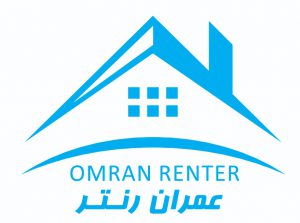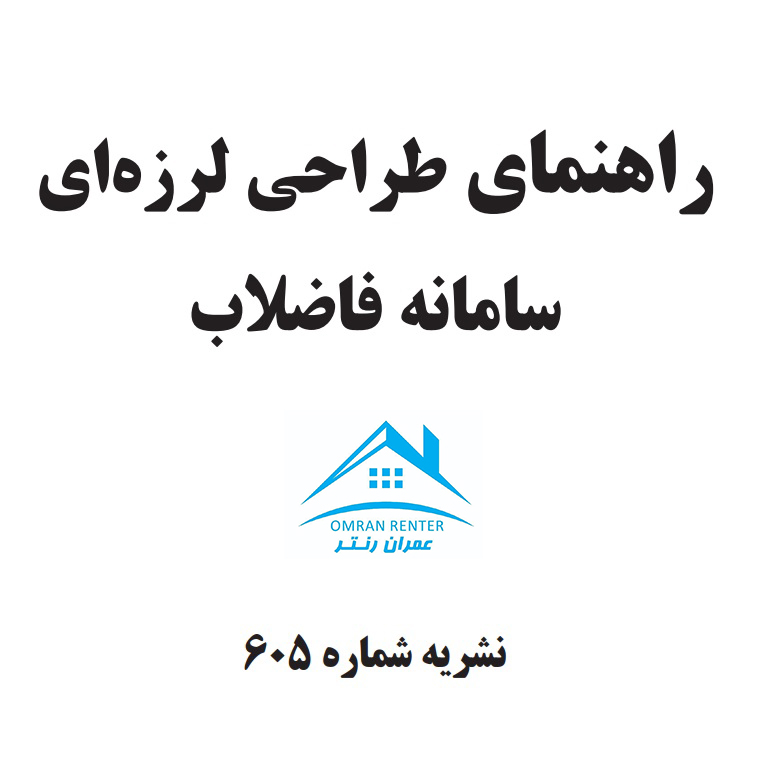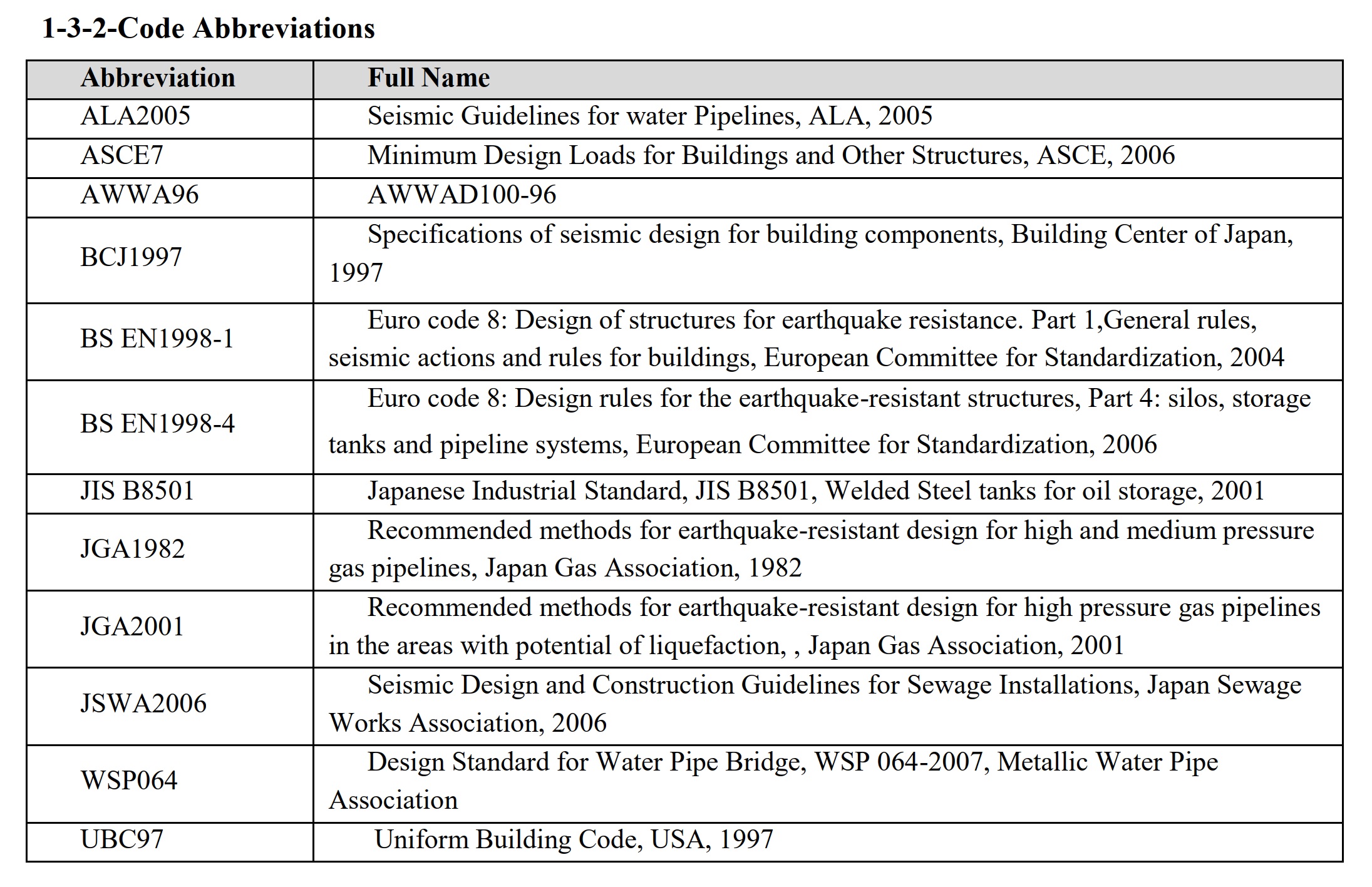توضیحات
راهنمای طراحی لرزه ای سامانه فاضلاب
Guideline for Seismic Design of Sewage system
1-General
This guideline has been developed based on similar documents in the high seismicity countries
together with local experiences and experiences from other countries outstanding in the field of
earthquake engineering. In line with gaining from other countries’ experiences; it has been tried to pay
attention to the localization issue and present subjects more simple and practical.
1-1-Objective
| The objective of this guideline is to secure public safety and prevent serious damage to sewage systems due to earthquake. |
In this instruction offers methods for seismic design of municipal sewage system. Wherever we speak about sewage system in this instruction, we mean a system extending from
membership fee of citizens to sewage treatment stations. Earthquake risks have damage and threatening nature. Therefore, the object of this instruction is to
prepare acceptable safety conditions with respect to logical risk and economical conditions as well as considering the nature of earthquake risk and sewage systems’ vulnerability.
This instruction is about to prevent serious damages and public safety threats especially water pollution and sanitary issues.
1-2-Scope
| The scopes of this guideline are installations of swage system including collection, transmission and treatment components |
In general, this instruction covers the following components:
Sewage treatment stations
Pumping stations
Culvert pipe
Rectangular culvert
Shield channels (tunnels)
Manholes
The structurs of urban waste water system can be categorized as follows:
Civil structur including tanks, buried line and foundation:(Table 1-1-A)
Combinational structures from tanks in building structure(Table 1-1-B)
Building structures (Table 1-1-B)
Also target components in urban sewage system is categorized in table 2-1
1-2-1-How This Instruction Has Been Structured
This instruction with the above mentioned scope has been structured as follows:
Chapter 1: General Features
Chapter 2: Fundamentals
Chapter 3: Seismic loading of sewage system’s components
Chapter 4: Seismic design methodology and safety control
Chapter 5: Seismic design and safety control of treatment and pumping stations
Chapter 6: Seismic design and safety control of sewage culvert pipe
Chapter 7: Seismic design and safety control of rectangular culvert
Chapter 8: Seismic design and safety control of sewage system’s shield tunnels
Chapter 9: Seismic design and safety control of sewage system’s components and manholes
1-2-2-Comments on How to Use This Instruction
Since this instruction is the first guide book inside country, similar to previous regulations and
instructions, it normally has some ambiguities and problems. In order to minimize these problems in this
instruction and solve them at the earliest possible time it would be beneficial to consider the following
matters:
1-It has been tried to offer an instruction which its contents are not opposed to 2800 standard.
2-In the cases where it seems that there are no sufficient data in this instruction about loading of
sewage components, one can use Iranian National Building Regulations-chapter 6.
3-For designing the concrete components of sewage system especially for gathering data about
concrete materials specification, topic 9 of National Building Regulations, is applicable.
4- Topic 10 of National Building Regulations is considered as a supplementary for this instruction
which is about steel components of installations.
5-Other similar instructions and documents which are prepared by national and international authors
as a case instruction for seismic loading of sewage systems can be used provided that they are
compatible with this instruction.
6-In order to use this instruction inside country more easily and more applicably we expect all users of
this instruction to feedback us their opinions and comments and we will consider them in next
versions of this instruction.
1-3-Related Codes and Regulations
1-3-1- Normative References
In preparing this instruction, different standards, regulations, instructions and codes have been used.
We can point to some of important ones as follows:
JWWA 1997: the specifications of seismic design and manufacturing of sewage installations. Japan
Sewage Works Association. 1997
JWWA 1997: the specifications of seismic design and manufacturing of water supply installations.
Japan Water Supply Association. 1997
Iran 2800 Code: Iranian Code of Practice for Seismic Resistant Design of Buildings, Standard No.
2800, Building and Housing Research Center, 2005
Euro code 8: Design rules for the earthquake-resistant structures, Part 4: silos, storage tanks and
pipeline systems, European Committee for Standardization, 2006
Building Center of Japan (BCJ): manual for structural design and building stacks, 1982 (Stack-82)
Japan Gas Association: seismic design of high pressure gas pipeline for liquefaction, JGA-207-01,
2001.
Japan Road Association: Specifications for Highway Bridges, Part V, Seismic Design, 2002
High Pressure Gas Safety Institute of Japan (KHK): Seismic Design Code for High Pressure Gas
Facilities, 2006
Japan Building Center: instruction for seismic design and manufacturing of building construction
equipments, 1997.








نقد و بررسیها
هیچ دیدگاهی برای این محصول نوشته نشده است.